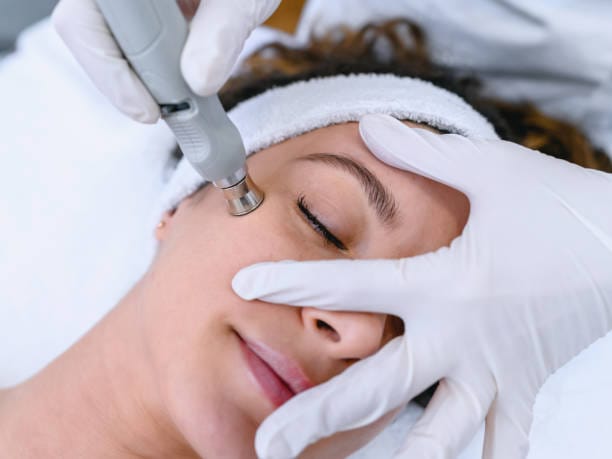Have you noticed those small, harmless growths on your skin that seem to appear out of nowhere? They’re called skin tags, and while they’re generally benign, they can be bothersome.
Whether you’re curious about what they are, how to remove them safely, or simply want to understand more about managing them, this guide is here to help you navigate through everything you need to know.
Table of Contents
What Are Skin Tags?
Skin tags are tiny, soft, hanging growths on the skin. They often appear in areas where skin rubs against skin or clothing, such as the neck, armpits, under the breasts, or groin area. They’re typically flesh-coloured or slightly darker and are composed of loose collagen fibres and blood vessels surrounded by skin.

Causes of Skin Tags
While the exact cause of skin tags isn’t fully understood, they tend to develop in areas of friction or where the skin folds. They are more common in adults and are often associated with age, obesity, pregnancy, and hormonal changes.
Are Skin Tags Harmful?
Skin tags are generally harmless and non-cancerous. They don’t require treatment unless they are causing irritation or cosmetic concerns. However, it’s essential to differentiate skin tags from other skin conditions like moles or warts, which may require different approaches for removal.
How to Remove Skin Tags Safely
There are several safe and effective methods for removing skin tags:

Medical Procedures: Your dermatologist or healthcare provider can remove skin tags using techniques like snipping with scissors, freezing (cryotherapy), or burning (electrocautery).
Over-the-counter Treatments: Some over-the-counter products are designed to freeze or dissolve skin tags. These should be used carefully following the manufacturer’s instructions.
Home Remedies: While not medically recommended, some people try tying off skin tags with thread or dental floss to cut off their blood supply, causing them to fall off over time.
When to See a Doctor
While most skin tags are harmless, it’s essential to consult a healthcare professional if you’re unsure about growth or if a skin tag becomes painful, bleeds, changes colour, or grows rapidly. Your doctor can confirm the diagnosis and recommend appropriate treatment.
How to prevent skin tags
Although it’s not always possible to prevent skin tags, you can reduce your risk by:
- Maintaining a healthy weight to avoid excess skin folds.
- Keeping areas prone to skin tags dry and well-ventilated.
- Avoid tight clothing that may create friction.
Conclusion
Understanding skin tags and how to manage them can alleviate concerns and help you make informed decisions about their removal. Whether you choose to leave them alone or decide to have them removed for comfort or cosmetic reasons, knowing your options empowers you to take control of your skin health.











